Surgery has always been the remedy for cataracts. However, a new compound might be able to clear the clouding of the lens, shows a new study.
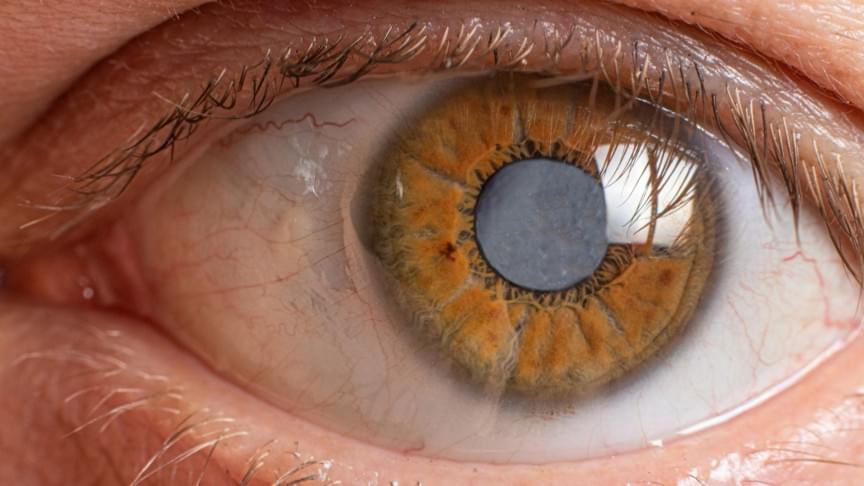

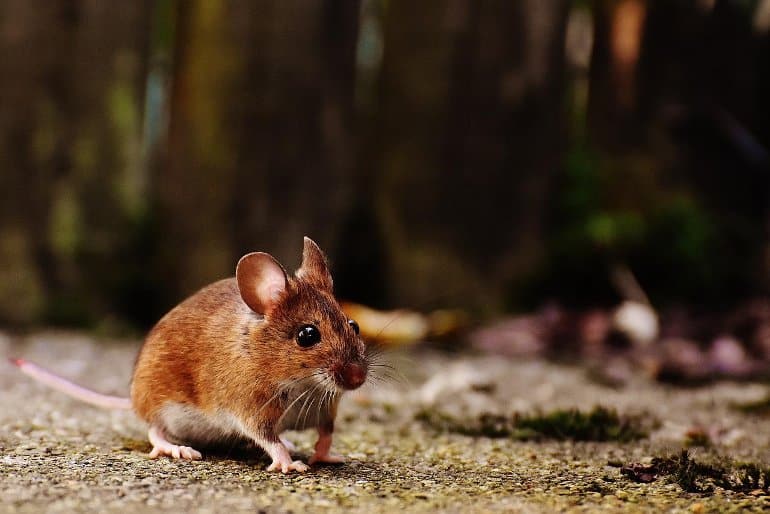
Summary: Mouse study reveals exercise increases dopamine signaling in motor areas of the brain. The findings may explain why exercise eases symptoms of Parkinson’s disease.
Source: SfN
Exercise increases dopamine signaling in the motor areas of mice, according to research recently published in Journal of Neuroscience.
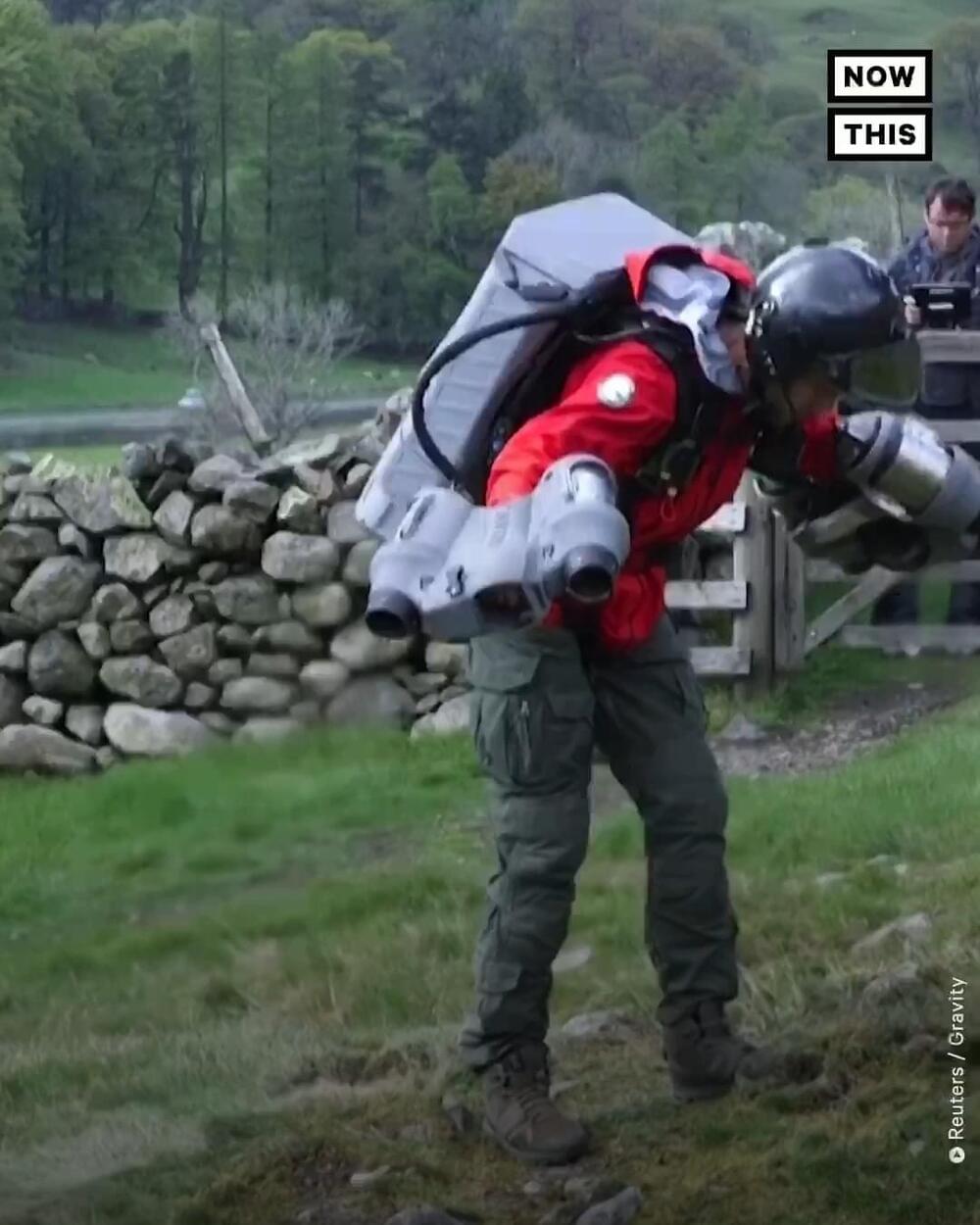
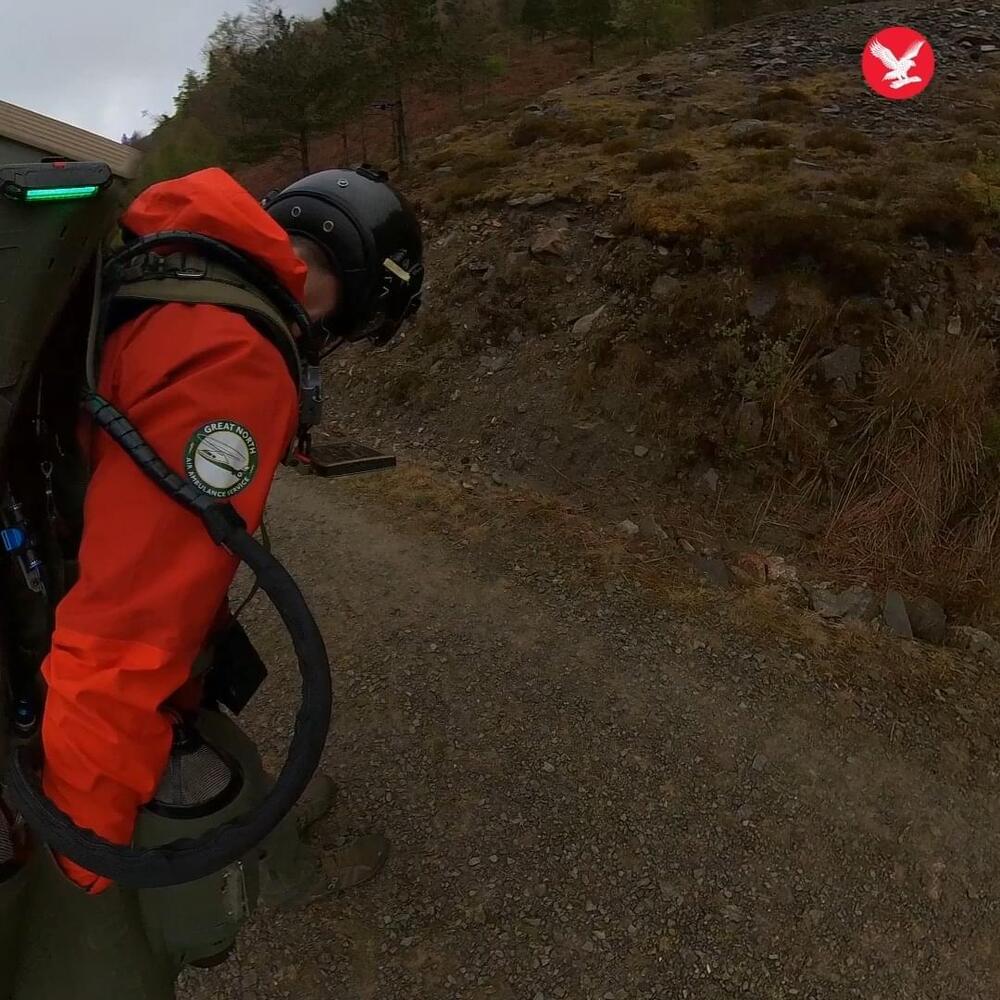
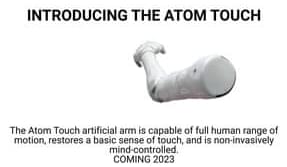
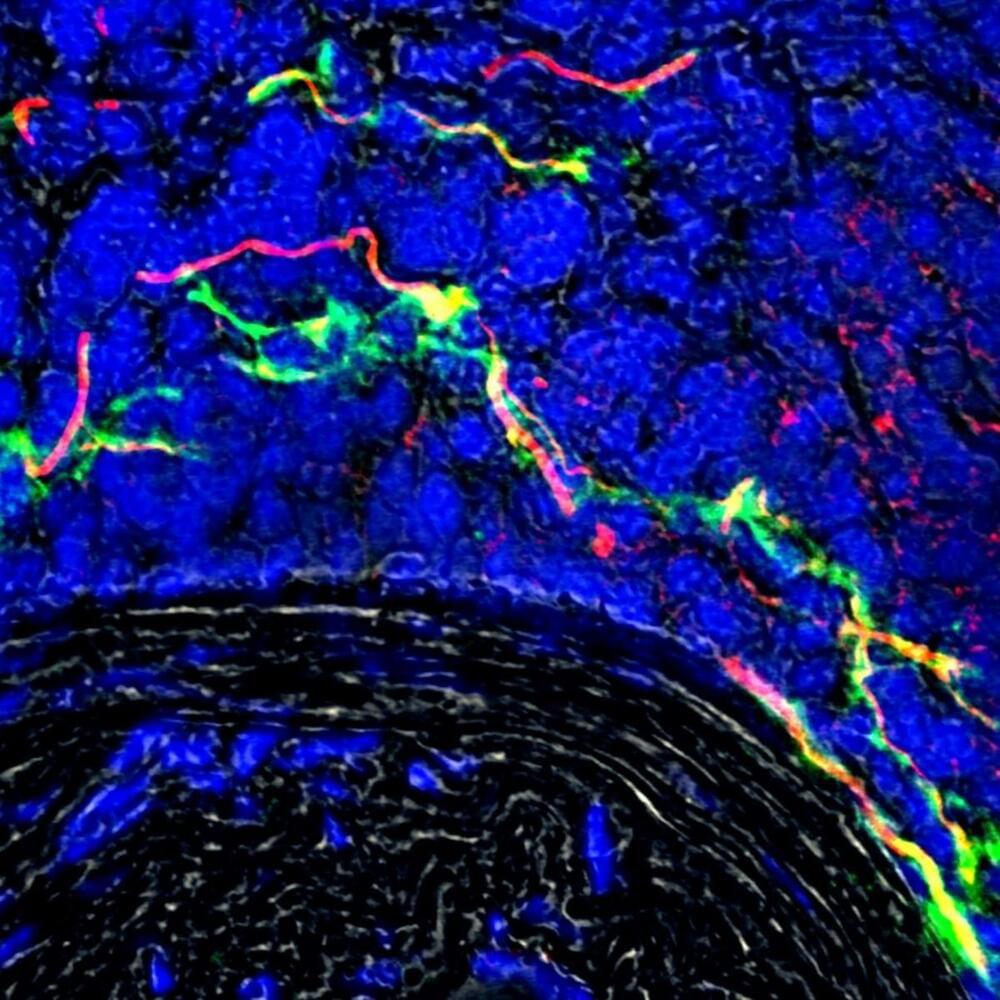
An international team which includes University of Manchester scientists has for the first time demonstrated that nerve signals are exchanged between clogged up arteries and the brain.
The discovery of the previously unknown electrical circuit is a breakthrough in our understanding of atherosclerosis, a potentially deadly disease where plaques form on the innermost layer of arteries.
The study of mice found that new nerve bundles are formed on the outer layer of where the artery is diseased, so the brain can detect where the damage is and communicate with it.
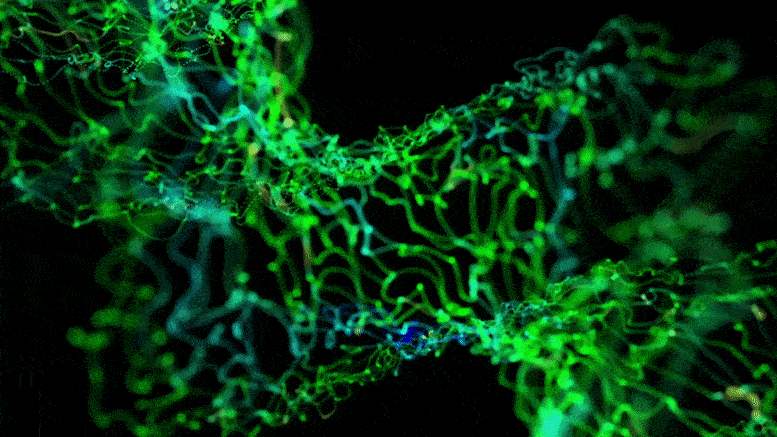
According to a new theory by LMU chemists led by Thomas Carell, it was a novel molecular species composed of RNA
Ribonucleic acid (RNA) is a polymeric molecule similar to DNA that is essential in various biological roles in coding, decoding, regulation and expression of genes. Both are nucleic acids, but unlike DNA, RNA is single-stranded. An RNA strand has a backbone made of alternating sugar (ribose) and phosphate groups. Attached to each sugar is one of four bases—adenine (A), uracil (U), cytosine ©, or guanine (G). Different types of RNA exist in the cell: messenger RNA (mRNA), ribosomal RNA (rRNA), and transfer RNA (tRNA).

The latest COVID-19 variant – dubbed BA.2.12.1 – has been linked to 43% of total coronavirus cases in the U.S., a jump from 7% in April.
And, as more data about the variant becomes known, a pattern in early symptoms is emerging. BA.2.12.1 is a descendant of the BA.2 virus, a subvariant of the omicron strain of COVID. It has the ability transmit easier than its predecessors and expect it to become the dominant strain of COVID-19 within a few weeks.
Like previous COVID omicron strains, BA.2.12.1 often presents with upper respiratory symptoms that can appear like the flu. Experts said BA.2.12.1 is triggering mild breakthrough cases in vaccinated individuals with people feeling like they are suffering from a cold or seasonal allergies.
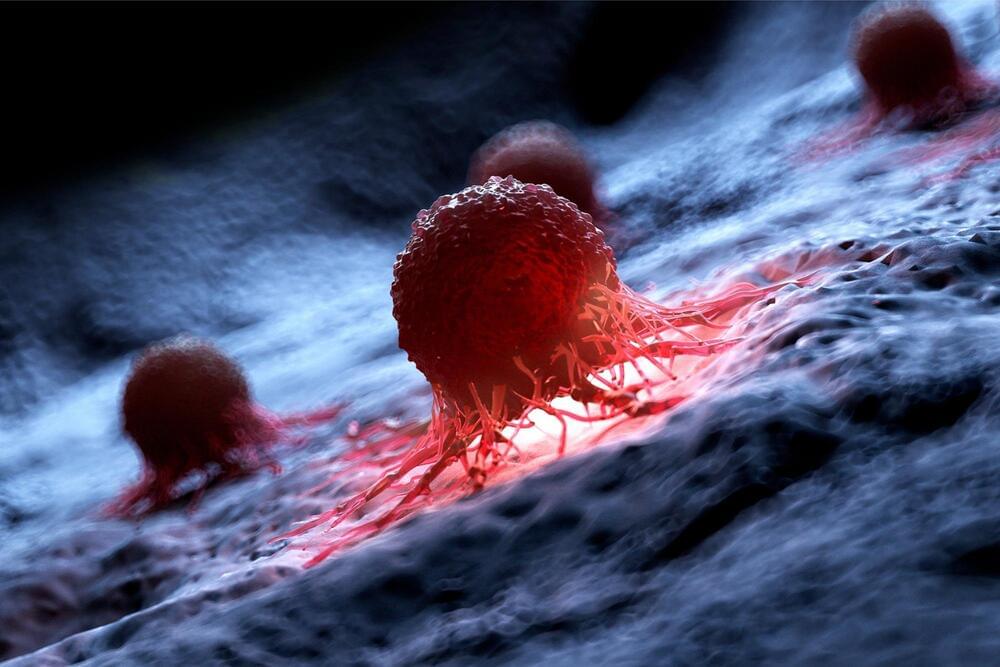
A team of researchers led by Yale University.
Established in 1,701, Yale University is a private Ivy League research university in New Haven, Connecticut. It is the third-oldest institution of higher education in the United States and is organized into fourteen constituent schools: the original undergraduate college, the Yale Graduate School of Arts and Sciences and twelve professional schools. It is named after British East India Company governor Elihu Yale.

“This new study joins a growing body of scientific evidence that raises questions about the irreversible nature of death…”
Scientists have revived light-sensing neuron cells in organ donor eyes and restored communication between them as part of a series of discoveries that could transform research into the brain-vision system.